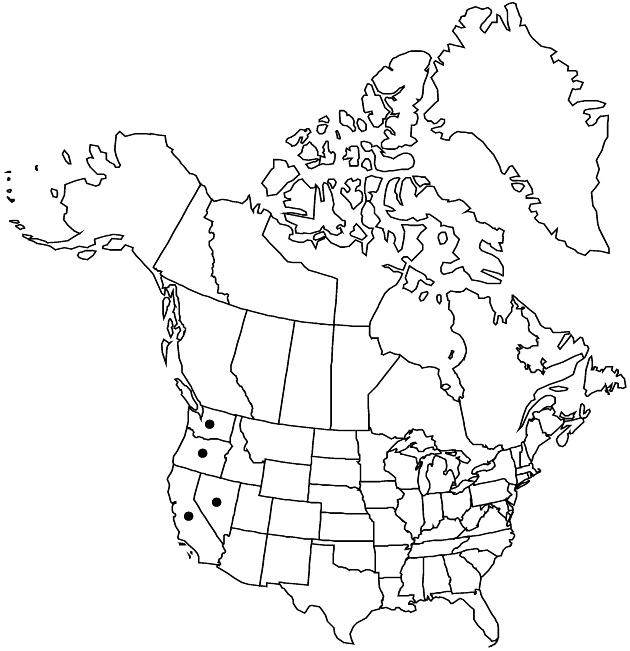Difference between revisions of "Arnica nevadensis"
Proc. Amer. Acad. Arts 19: 55. 1883.
Common names: Nevada arnica Sierra arnica
Synonyms: Arnica tomentella Greene
FNA>Volume Importer |
FNA>Volume Importer |
||
| Line 50: | Line 50: | ||
|publication year=1883 | |publication year=1883 | ||
|special status= | |special status= | ||
| − | |source xml=https://jpend@bitbucket.org/aafc-mbb/fna-data-curation.git/src/ | + | |source xml=https://jpend@bitbucket.org/aafc-mbb/fna-data-curation.git/src/8f726806613d60c220dc4493de13607dd3150896/coarse_grained_fna_xml/V19-20-21/V21_940.xml |
|tribe=Asteraceae tribe Heliantheae | |tribe=Asteraceae tribe Heliantheae | ||
|subtribe=Asteraceae (tribe Heliantheae) subtribe Chaenactidinae | |subtribe=Asteraceae (tribe Heliantheae) subtribe Chaenactidinae | ||
Revision as of 15:38, 18 September 2019
Plants 10–50 cm. Stems simple. Leaves 2–3 pairs, mostly cauline (basal leaves often persistent on sterile rosettes); petiolate (petioles narrowly to broadly winged); blades elliptic to ovate, 3–8 × 2–4 cm, margins entire or denticulate, apices acute to rounded, faces stipitate-glandular. Heads 1(–3). Involucres campanulate-turbinate. Phyllaries 10–16, oblanceolate. Ray florets 6–14; corollas yellow. Disc florets: corollas yellow; anthers yellow. Cypselae dark gray, 6–9 mm, stipitate-glandular; pappi white or tawny, bristles barbellate to subplumose. 2n = 76.
Phenology: Flowering Jul–Aug.
Habitat: Coniferous forests, meadows, rocky slopes
Elevation: 1500–3000 m
Distribution

Calif., Nev., Oreg., Wash.
Discussion
Selected References
None.
Lower Taxa
None.